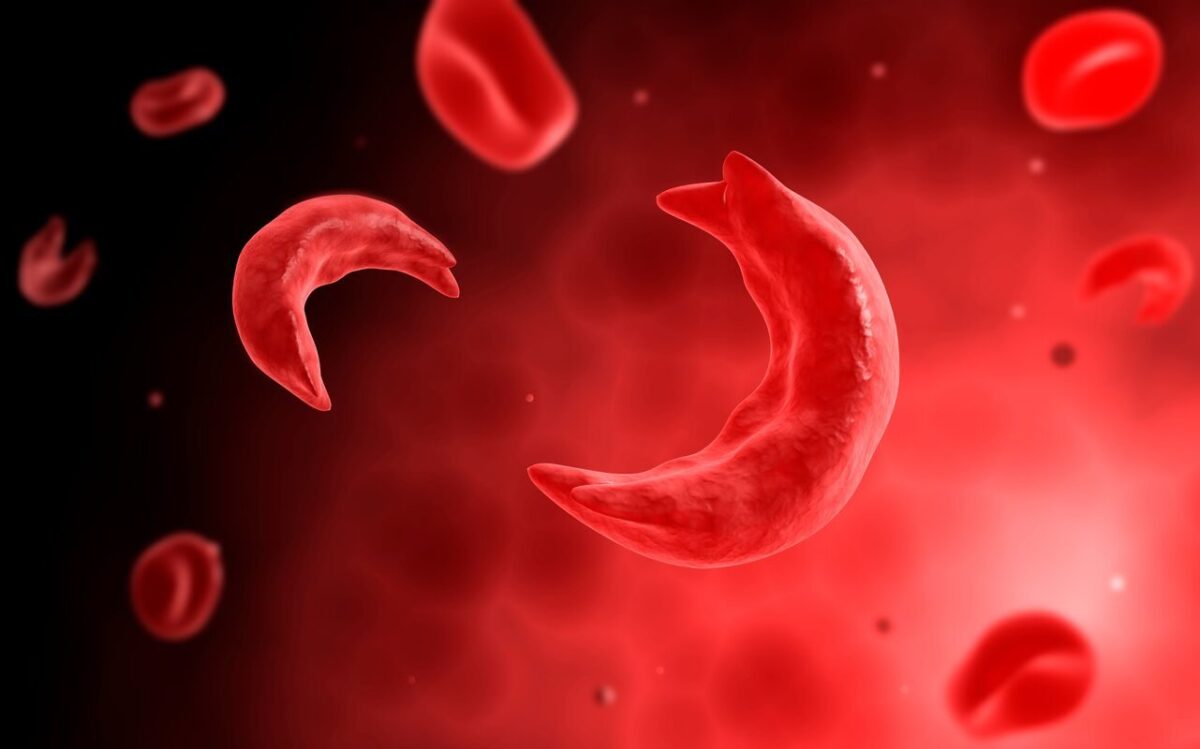The Biochemical Origin of Pain – Proposing a new law of Pain: The origin of all Pain is Inflammation and the Inflammatory Response PART 1 of 3 – A unifying law of pain

Abstract:
We are proposing a unifying theory or law of pain, which states: the origin of all pain is inflammation and the inflammatory response. The biochemical mediators of inflammation include cytokines, neuropeptides, growth factors and neurotransmitters. Irrespective of the type of pain whether it is acute or chronic pain, peripheral or central pain, nociceptive or neuropathic pain, the underlying origin is inflammation and the inflammatory response. Activation of pain receptors, transmission and modulation of pain signals, neuro plasticity and central sensitization are all one continuum of inflammation and the inflammatory response. Irrespective of the characteristic of the pain, whether it is sharp, dull, aching, burning, stabbing, numbing or tingling, all pain arise from inflammation and the inflammatory response. We are proposing a re-classification and treatment of pain syndromes based upon their inflammatory profile. Treatment of pain syndromes should be based on these principles:
- Determination of the inflammatory profile of the pain syndrome;
- Inhibition or suppression of production of the appropriate inflammatory mediators, e.g. with inflammatory mediator blockers or surgical intervention where appropriate;
- Inhibition or suppression of neuronal afferent and efferent (motor) transmission, e.g. with anti-seizure drugs or local anesthetic blocks;
- Modulation of neuronal transmission, e.g. with opioid medication. At the L.A. Pain Clinic, we have successfully treated a variety of pain syndromes by utilizing these principles.
This theory of the biochemical origin of pain is compatible with, inclusive of, and unifies existing theories and knowledge of the mechanism of pain including the gate control theory, and theories of pre-emptive analgesia, windup and central sensitization.



Responses